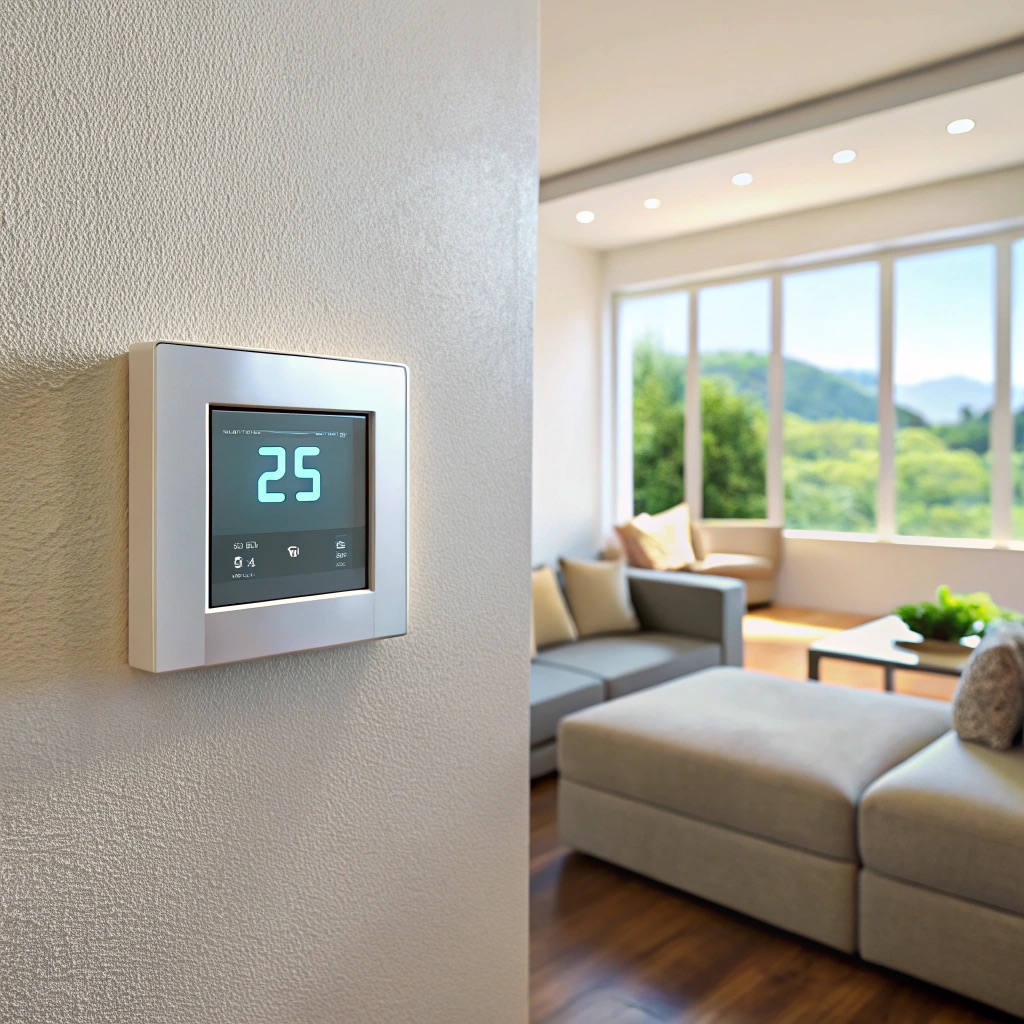Last updated on
Explore the key differences between directional and fixed recessed lighting in kitchens to make an informed decision for your perfect culinary space.
Kitchens are often considered the heart of a home. It’s where we cook, eat, and gather with family and friends.
Therefore, it’s essential to have proper lighting in this space to create a warm and inviting atmosphere. Recessed lighting is an excellent choice for kitchens because it provides ample light without taking up valuable ceiling space.
However, there are two types of recessed lighting: directional and fixed. In this blog post, we’ll explore the differences between directional vs.
Fixed recessed lighting in kitchens and help you determine which one is best suited for your needs. So grab a cup of coffee or tea and let’s shed some light on this topic!
Key takeaways:
- Directional recessed lighting can be adjusted to point in different directions.
- Fixed recessed lighting is installed in a fixed position and cannot be adjusted.
- Directional lights are ideal for task lighting and accent lighting.
- Fixed lights are great for general lighting and require minimal maintenance.
- Consider your kitchen layout and lighting needs when choosing between directional and fixed recessed lighting.
What's Inside
Directional Recessed Lighting
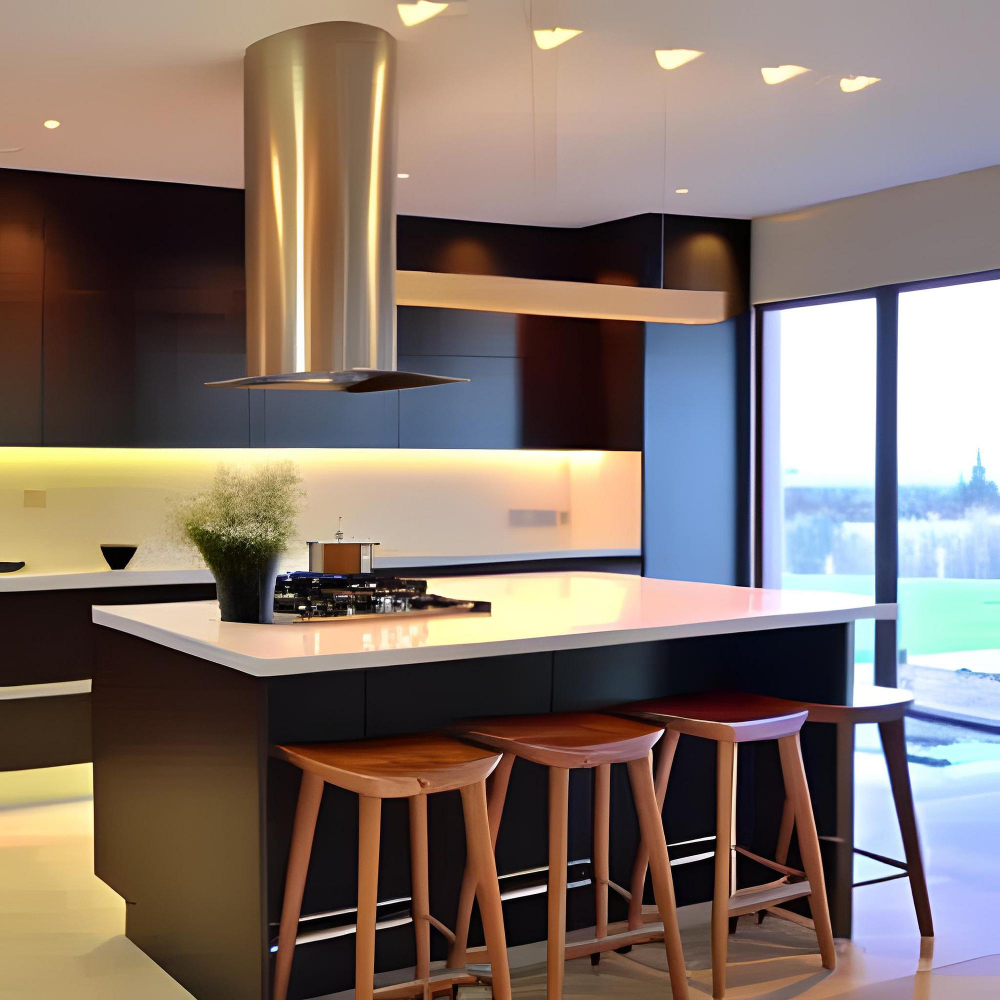
Directional recessed lighting is a type of lighting that can be adjusted to point in different directions. This feature makes it an excellent choice for kitchens because it allows you to direct light where you need it most.
For example, if you have a kitchen island where you do most of your food preparation, directional lights can be aimed at the countertop to provide ample task lighting.
Another benefit of directional recessed lighting is its versatility. You can use them as accent lights by pointing them towards artwork or decorative elements in your kitchen.
They also work well when used in combination with other types of fixtures such as pendant lights or chandeliers.
However, there are some downsides to using directional recessed lighting in kitchens. One potential issue is glare if the light source isn’t positioned correctly and shines directly into someone’s eyes while they’re working at the counter or dining table.
Fixed Recessed Lighting
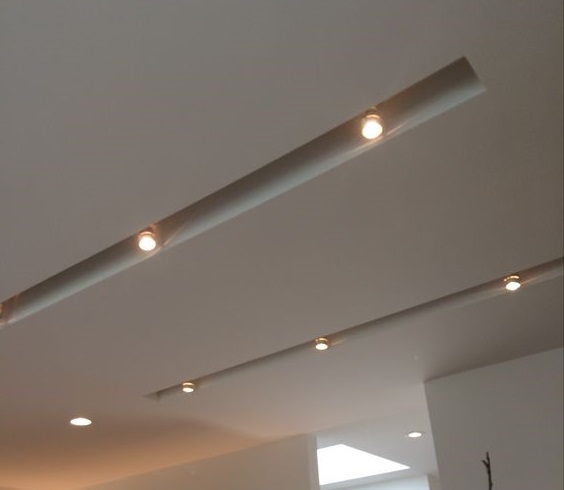
These lights are installed in a fixed position and cannot be adjusted once they’re installed. Fixed lights are ideal for general lighting needs, such as illuminating countertops or providing ambient light to the entire kitchen.
One of the benefits of fixed recessed lighting is that it’s easy to install and requires minimal maintenance. Once you’ve determined where you want your lights, an electrician can quickly install them without any additional adjustments needed.
However, one potential drawback of fixed recessed lighting is that it may not provide enough focused light on specific areas like cooking surfaces or sinks. If you have specific task-oriented areas in your kitchen that require more direct illumination, directional recessed lighting may be a better option.
Kitchen Layout Considerations
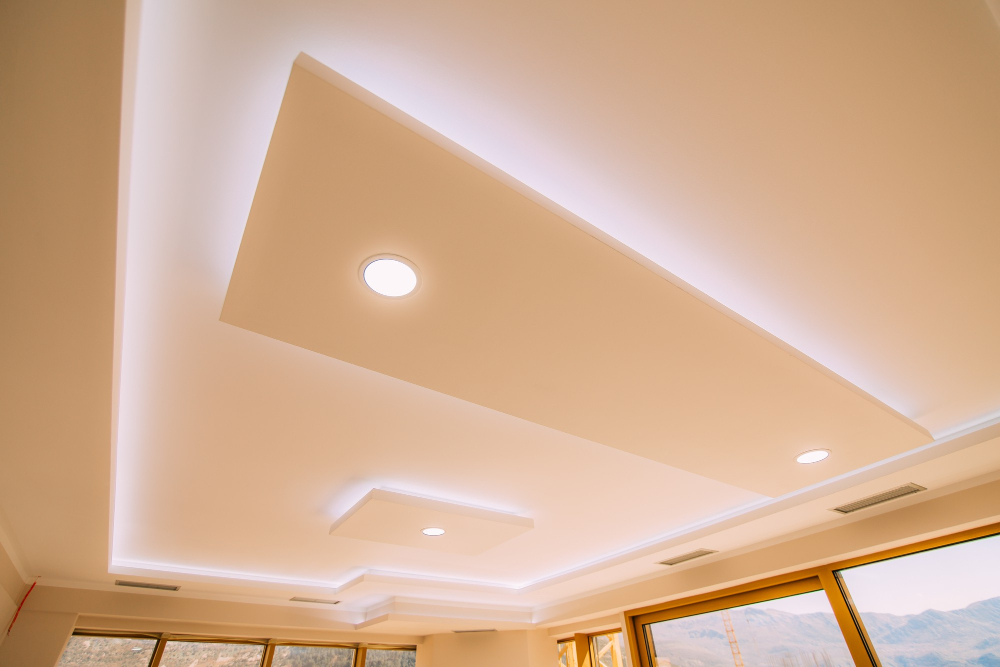
The size and shape of your kitchen will determine how many lights you need, where they should be placed, and what type of light is best suited for each area.
For example, if you have a large open-plan kitchen with an island in the center that doubles as a dining table or workspace, directional recessed lighting may be more suitable. This type of lighting allows you to direct light exactly where it’s needed most – over the island or work surface – while keeping other areas dimmer.
On the other hand, if you have a smaller galley-style kitchen with limited ceiling space above cabinets or appliances like refrigerators that block overhead illumination from reaching certain areas on countertops; fixed recessed lights might be better since they provide even ambient illumination throughout all corners without any shadows.
Task Vs Ambient Lighting
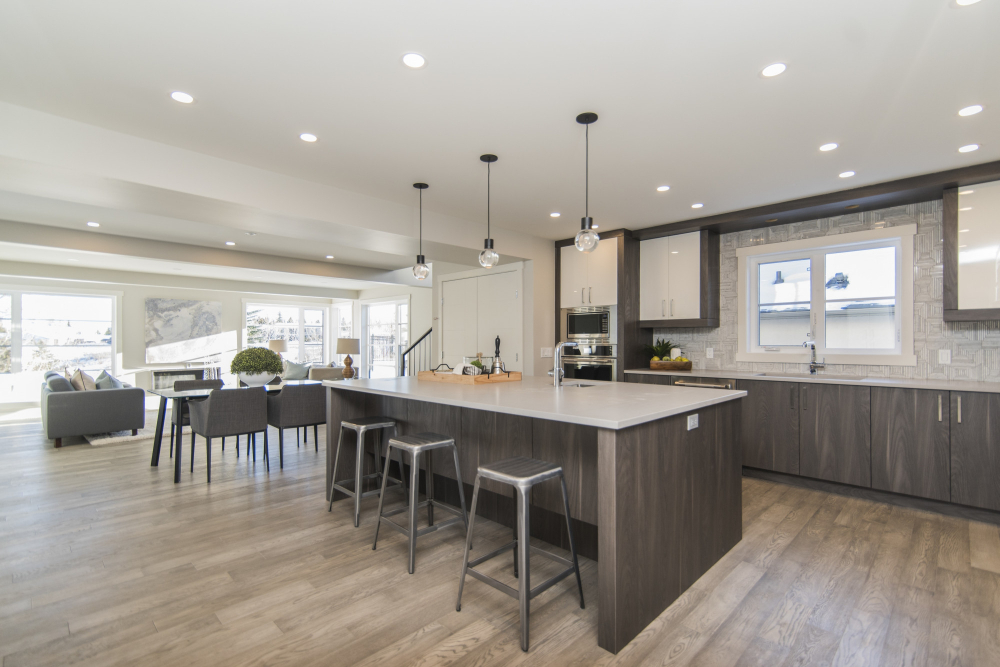
Task lighting is designed to illuminate specific areas where you perform tasks such as cooking or chopping vegetables. On the other hand, ambient lighting provides overall illumination for the entire space.
In a kitchen setting, both types of lighting are essential. Task lights should be placed above work surfaces like countertops and stovetops to provide adequate light for food preparation activities.
Ambient lights can be installed in various locations throughout the room to create an inviting atmosphere while also providing general illumination.
When choosing between directional vs fixed recessed lighting in kitchens, consider which type of light will best suit your needs based on how you use your kitchen space. If you spend a lot of time cooking or baking, task-oriented directional lights may be more appropriate since they offer focused beams that can highlight specific areas where precision is required.
Alternatively, if your primary concern is creating an inviting ambiance with soft overhead light that fills up every corner of the room evenly without any harsh shadows then fixed recessed fixtures might do better job at achieving this goal than their adjustable counterparts.
Pros and Cons: Directional Lights
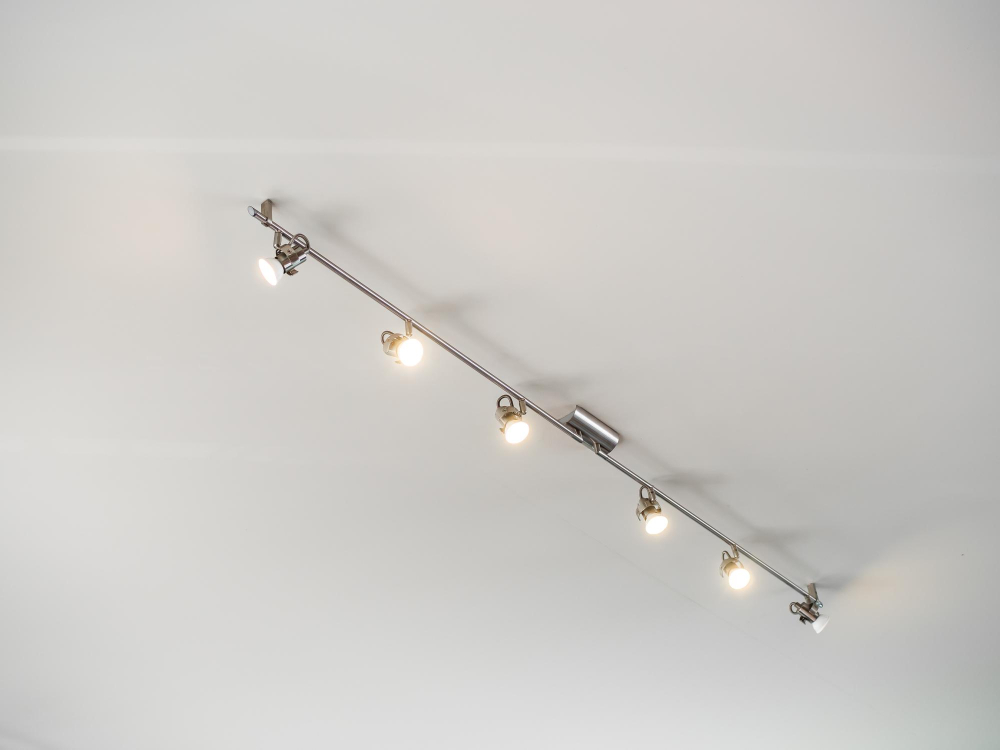
These lights are adjustable, allowing you to direct the light where it’s needed most. Here are some pros and cons of directional lights:
Pros:
- Directional lights can be aimed at specific areas in your kitchen, such as countertops or cooking surfaces.
- They provide a more concentrated beam of light than fixed recessed lighting.
- You have greater control over the direction and intensity of the light.
Cons:
- Directional lights may create shadows if not positioned correctly.
- They require more planning during installation to ensure they’re placed in optimal locations.
- When deciding whether directional recessed lighting is right for your kitchen, consider how you use this space. If you frequently cook or work on specific tasks that require focused illumination, then directional lighting might be a good option for you. However, if your kitchen serves primarily as a gathering place or has an open layout with no defined workspaces, then fixed recessed lighting may be sufficient to provide ambient illumination throughout the room without creating unwanted shadows.
Pros and Cons: Fixed Lights
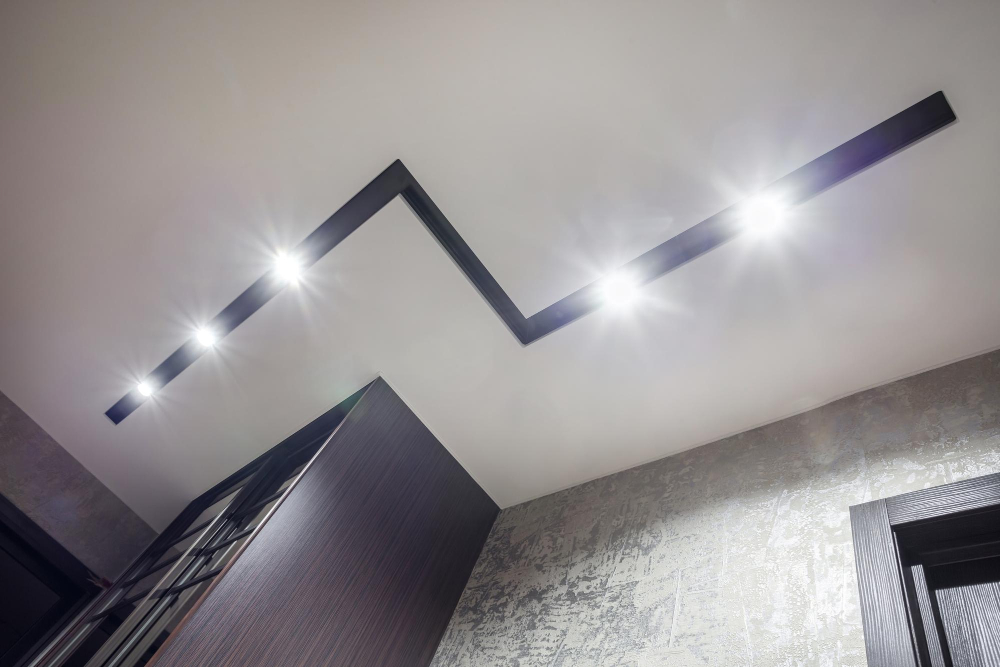
These lights are stationary, meaning they cannot be adjusted or moved once installed. Here are some pros and cons of fixed recessed lighting in kitchens:
Pros:
- Cost-effective: Fixed lights tend to be less expensive than directional ones.
- Easy installation: Since these lights don’t require any additional hardware or wiring, they’re relatively easy to install.
- Minimal maintenance: With no moving parts, fixed lights require little maintenance.
Cons:
- Limited flexibility: Once installed, you can’t adjust the direction of the light beam if you need more focused illumination on specific areas.
- Less versatile: Fixed recessed lighting may not provide enough ambient light for larger kitchens with high ceilings or open floor plans.
When deciding between directional vs. Fixed recessed lighting in your kitchen design plan, it’s essential to consider your layout needs carefully.
Installation Tips
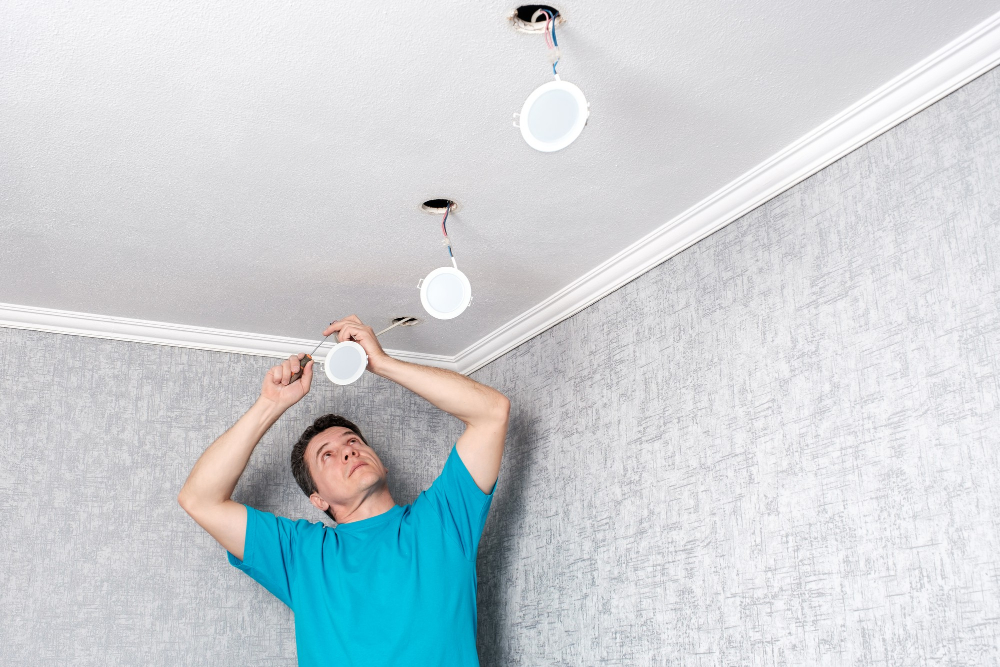
Here are some installation tips to ensure a smooth and successful process:.
1. Plan the layout: Before installing any lights, plan out where they will be placed in your kitchen.
Consider factors such as ceiling height, cabinet placement, and countertop space.
2. Choose the right bulbs: Make sure you choose bulbs that are compatible with your fixtures and provide adequate light for your needs.
3. Use a template: To ensure consistency in spacing between each light fixture use a template or guide when cutting holes into the ceiling.
4. Follow safety guidelines: Always turn off power at the circuit breaker before beginning any electrical work and follow all safety guidelines during installation.
5. Test before finishing up – Once installed test all lights to make sure they’re working correctly before patching up holes or adding trim rings.
By following these simple tips, you can achieve professional-looking results while ensuring proper functionality of your new recessed lighting system in no time!.


